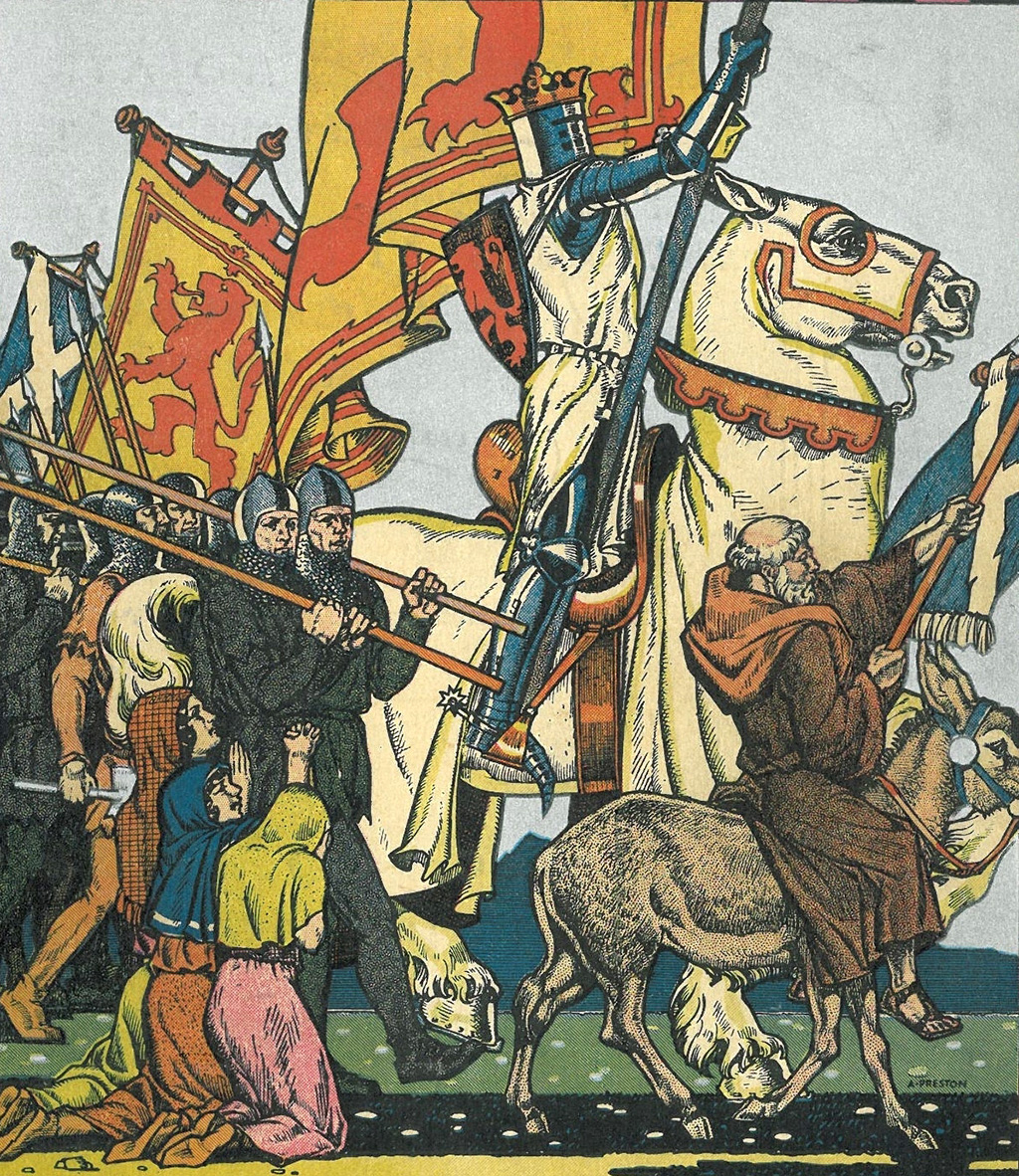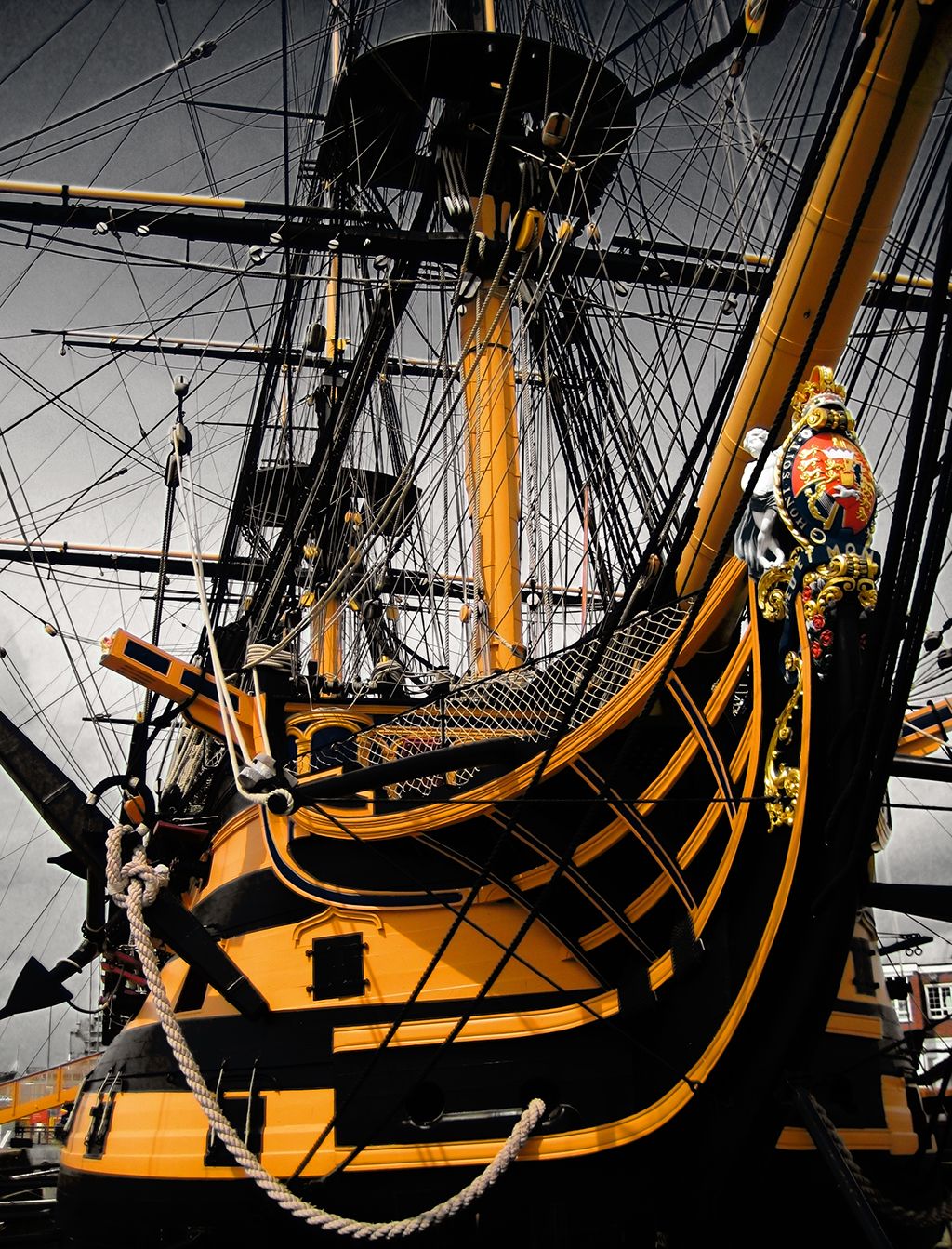Scottish clans have fascinating histories, dating back hundreds and hundreds of years.
Here, we reveal ten important facts every aspiring member of Clan MacMillan should know.
1. The chiefs of Clan MacMillan descended from an ancient royal house as well as from orders of the ancient church. On the island of Iona, King Alexander I appointed Cormac as Bishop of Dunkeld in an attempt to unite the two traditions of the Columban Church and Queen Margaret’s more ‘European’ ideologies. One of his sons was Gille Chriosd, ancestor of the MacMillan Clan. By 1130, they had settled on the shores of Loch Arkaig in Lochaber.
2. The name is believed to derive from the nickname that was given to Celtic priests due to their distinctive tonsure. Although Roman priests shaved a ring around their heads, Celtic priests would shave only the front of their head. This was described like that of St. John, who is rendered in Gaelic as ‘Mhaoil-Iain’. MacMillan therefore means ‘son of the one who bore the tonsure of St. John’. The Lochaber branch, however, preferred ‘MacGillemhaoil’, meaning ‘son of the tonsured servant’.
3. After Robert the Bruce killed John the Red Comyn in Greyfriars Church in Dumfries, the King of Scotland was forced to flee north and was eventually sheltered by Maolmuire, chief of Clan MacMillan, on the shores of Loch Tay. His brother, Gilbert, kept a strong link with the King after he left and he eventually fought alongside Bruce at the Battle of Bannockburn.

Gilbert MacMillan fought alongside Robert the Bruce at Bannockburn
4. Chief Malcolm Mor MacMillan received the lands of Knapdale from the Lord of the Isles in 1360 and they moved in to Castle Sween. The charter is said to have been inscribed on a rock on the beach at the Point of Knap and was reputed to have said: ‘Cor MhicMhaolain air a Chnap Fhad’s a bhuaileas tonn ri crag.’ This translates to English as: ‘MacMillan’s right to Knap stands as long as this rock withstands the sea.’ However, this was apparently destroyed by Campbell of Calder in 1615 and nothing remains of the mysterious charter.
5. Following the demise of the MacDonald’s Lordship of the Isles at the beginning of the 16th century, the MacMillan’s Lordship of Knapdale was given to Clan Campbell by the crown, although the MacMillans remained tenants after this transition. However, around this time, a son of the last MacMhaolain Mor a Chnap, who remained loyal to the MacDonalds, made the decision to flee Kilchamaig in South Knap to re-establish a branch of the family in Lochaber, who became the MacMillans of Murlagen. There, the Chief of Clan Cameron allowed them to farm on Loch Arkaig in return for sword service.
6. In the 17th century, MacMillan of Knap was still considered Chief of Clan MacMillan, however, when his line became extinct in 1665, the title passed to the Dunmore branch and then from them to the Lagalgrave branch, where it remains today.
7. In 1745, the MacMillans were still not noted Jacobites but when the rising started, John MacMillan of Murlagen (whose line later headed the Lochaber MacMillans) refused to join Charles Edward Stuart unless he renounced the Catholic faith. This did not happen, but MacMillan’s eldest son defied him and formed a company of the Cameron of Lochiel’s regiment which then fought at the battle of Culloden. Both sons died there, although other Clan MacMillan members carried both bodies, as well as the Chief of Clan Cameron of Lochiel, off the battlefield.

A MacMillan was a captain under Admiral Nelson on HMS Victory
8. Donald MacMillan of Tulloch surrendered to the Duke of Cumberland after the defeat under the impression that he and his men would be protected. However, they were wrong and instead they were transported to the Caribbean without trial. Meanwhile, Hugh MacMillan successfully guided Bonnie Prince Charlie from Fasnakyle over the hills to their home by Loch Arkaig after the Battle of Culloden.
9. Alexander MacMillan of Dunmore, Depute Keeper of the Signet, died in Edinburgh in July 1770. He designated his heir as his cousin’s son, lawyer Duncan MacMillan. This line became known as the Lagalgrave MacMillans and allegedly did not have full appreciation of their standing as clan chiefs, even if they did serve their country well. Duncan’s brother, William, was a captain under Admiral Nelson on his flagship HMS Victory.
10. Current Clan Chief George MacMillan took up his position in 1986 after spending a number of years representing his father at Clan gatherings around the world. Since then, he has been involved in a number of charitable ventures, including the formation of his own trust in memory of his son Richard, who died in a car crash in 1985. Although now at the grand age of 85, if any Clan MacMillan member makes a prior appointment to visit Finlaystone they will be treated to a personal tour around the gardens, an area he has a particular interest in.
TAGS

